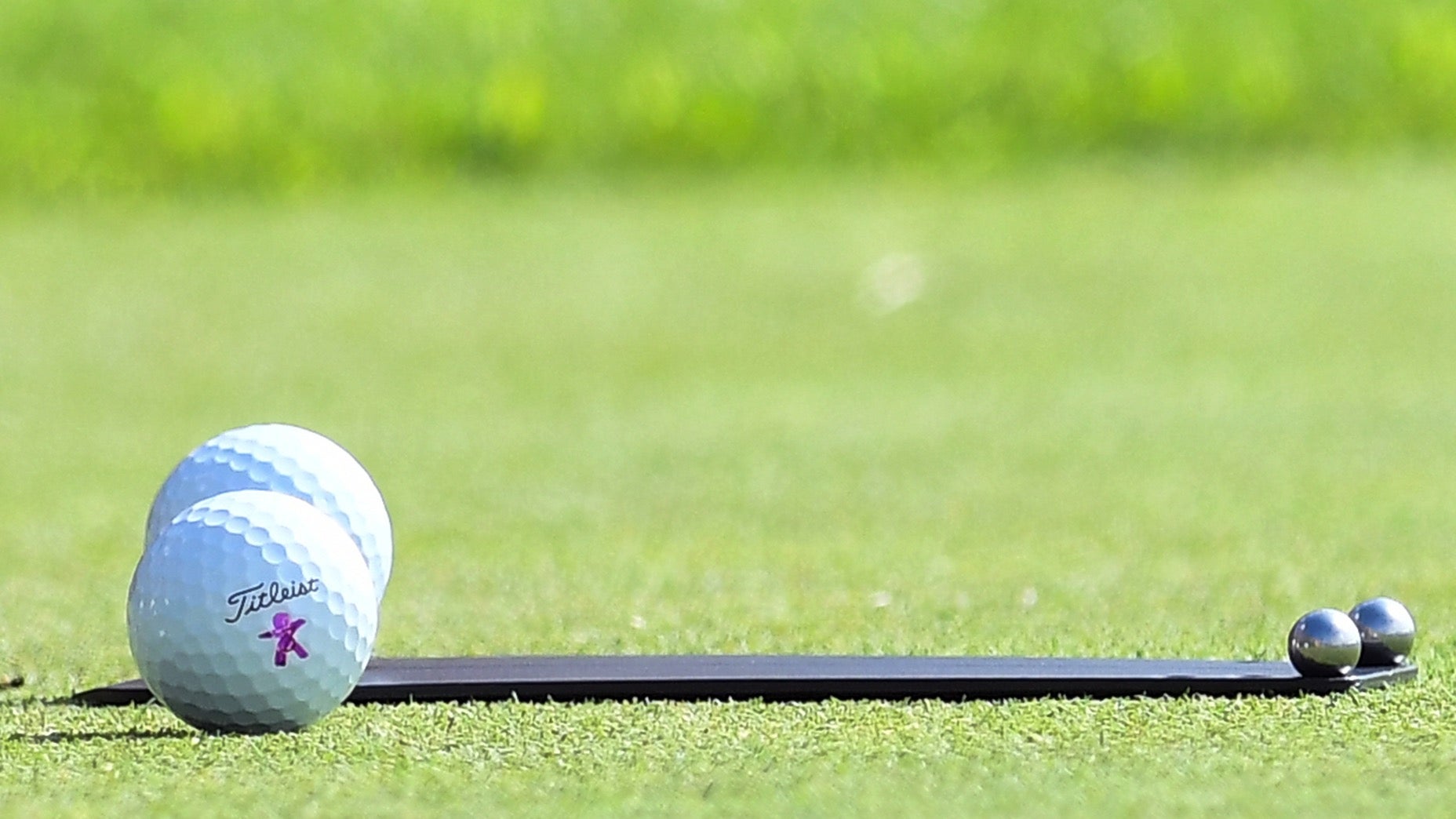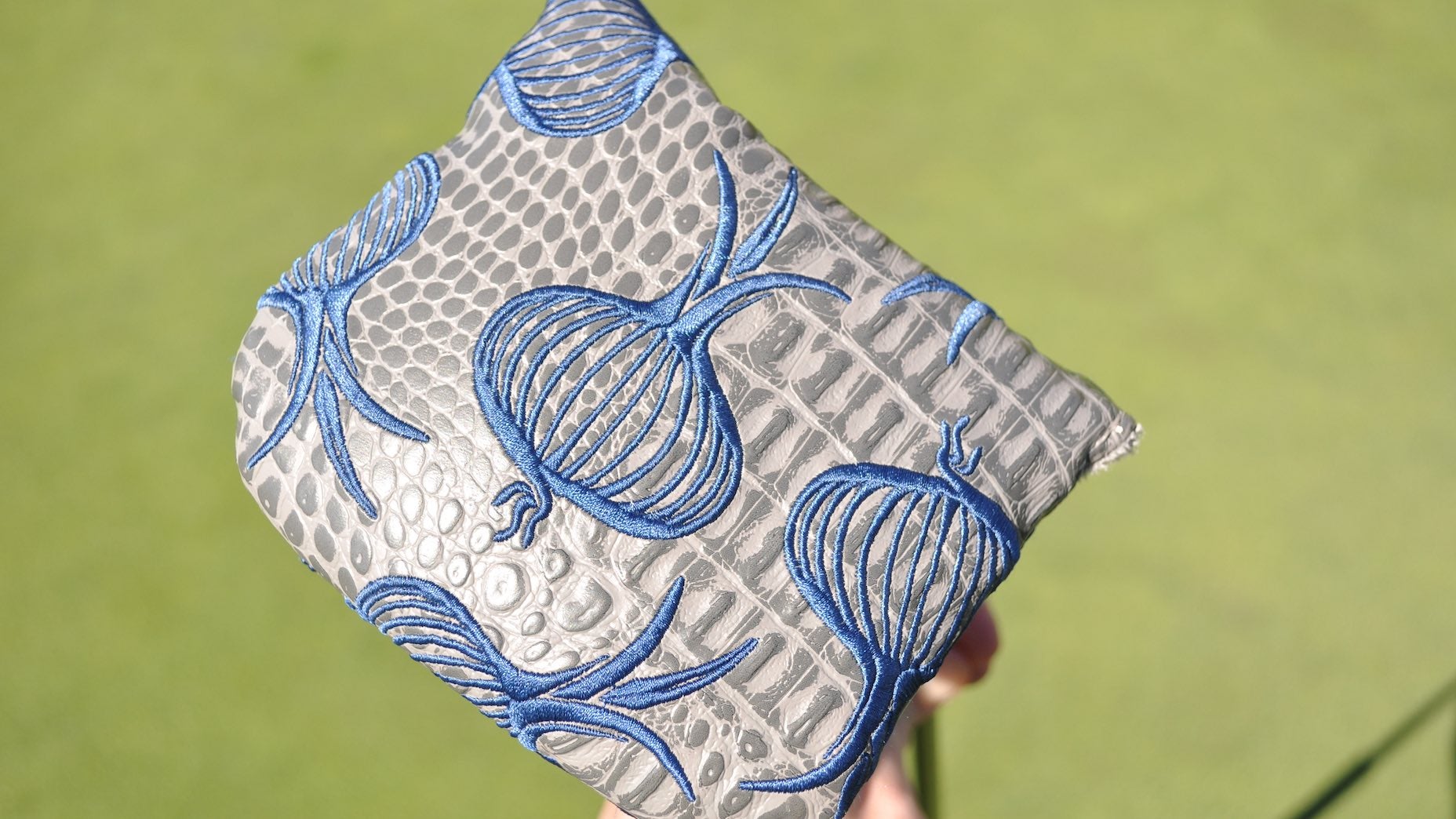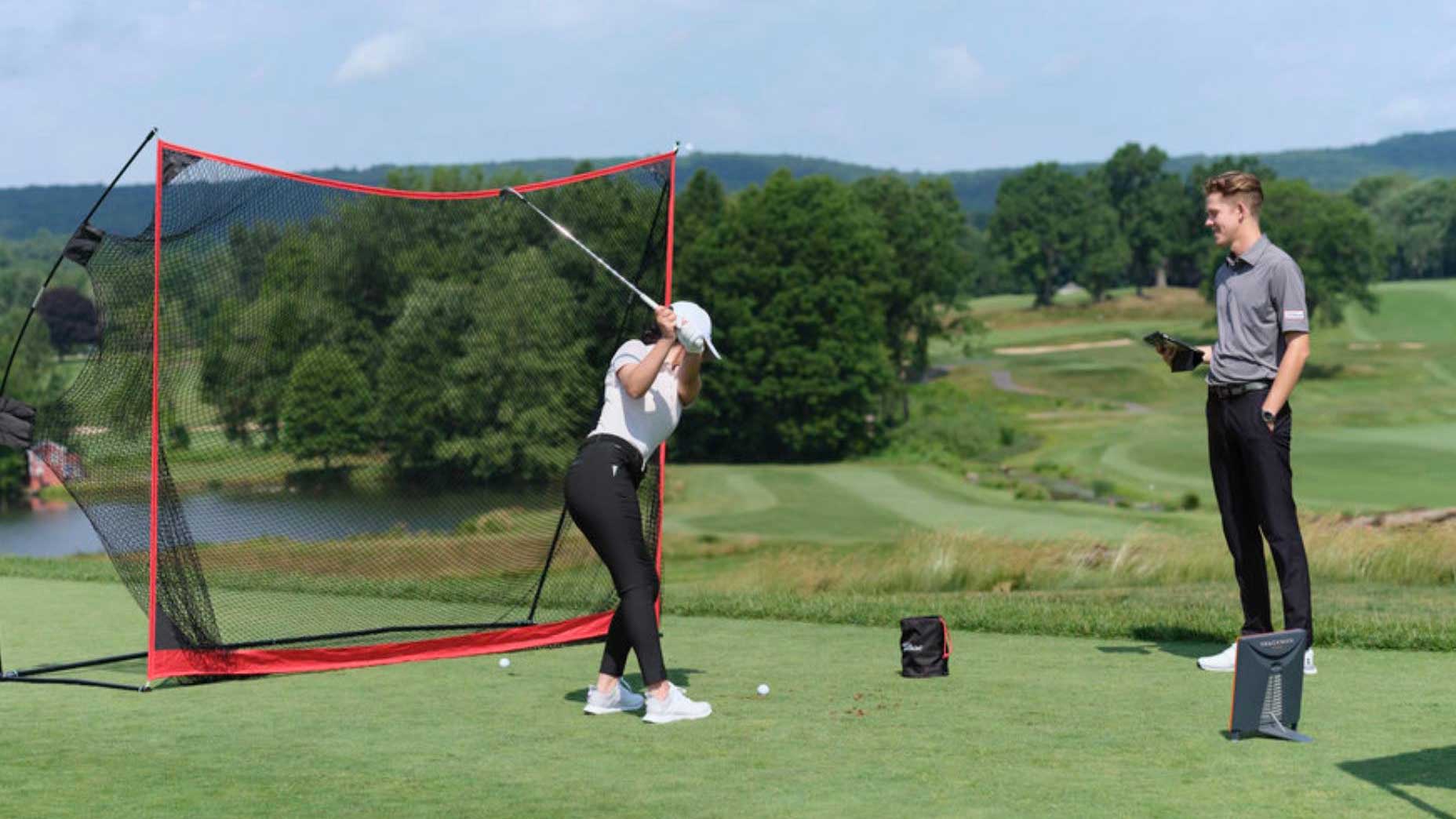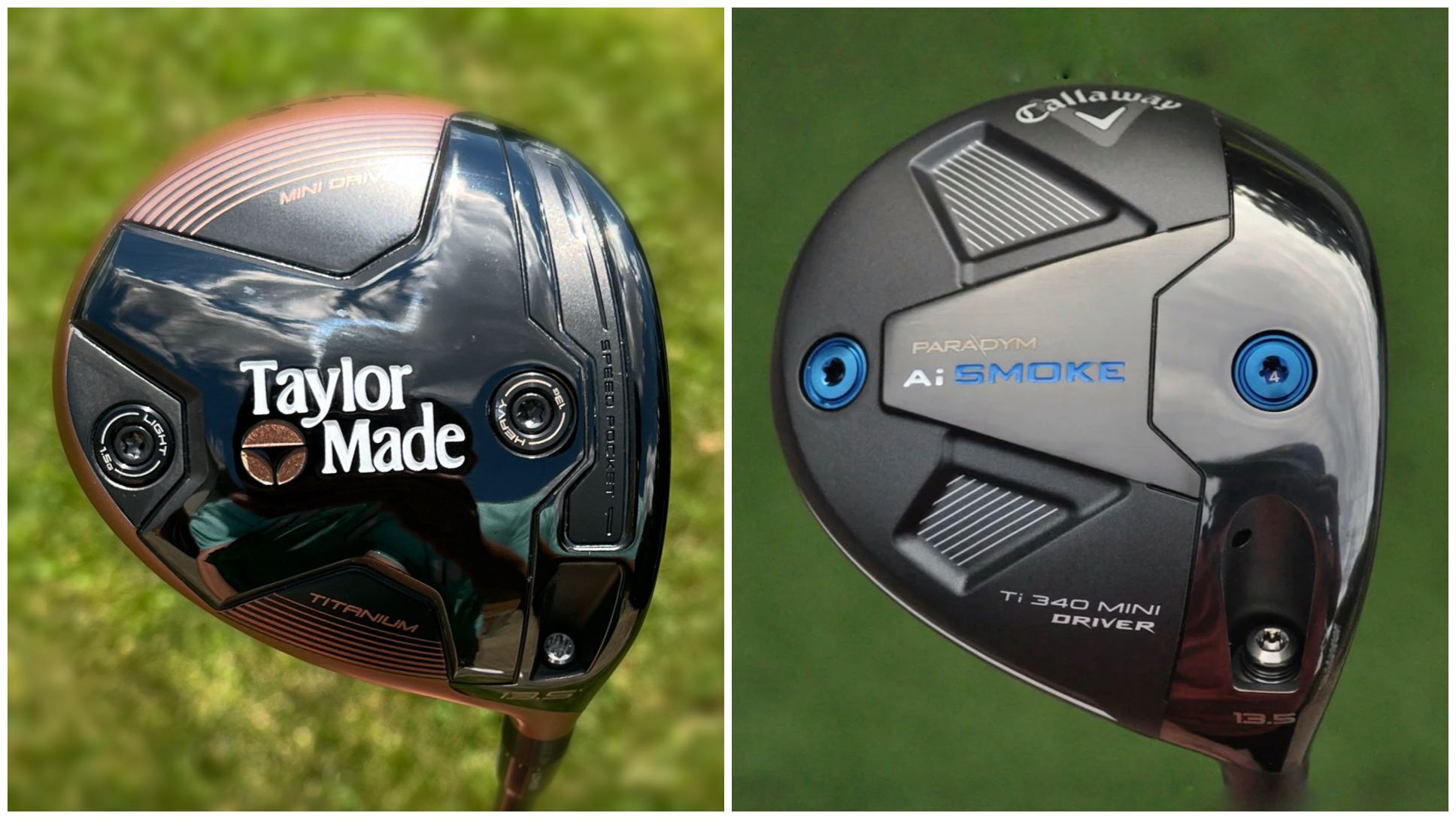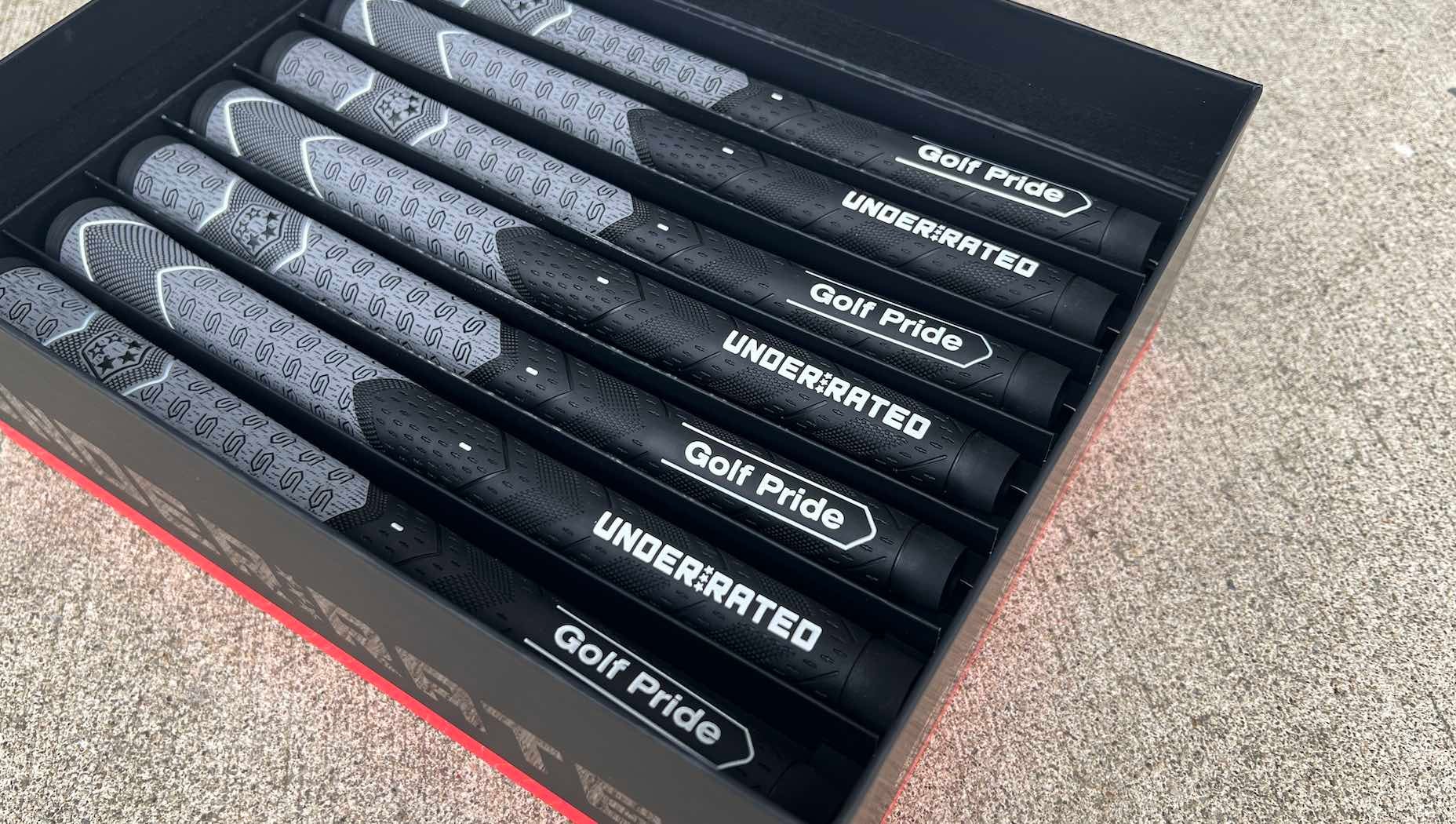How many times have you heard the word “spin” bandied about during a round? Chances are it’s more than a few times — and it likely doesn’t pertain to the driver in your bag or golf ball.
On the latest episode of GOLF’s Fully Equipped podcast, the crew was asked by a caller to explain the different ways the word spin is used on the course — and if they’re all necessary.
The short answer is you can use spin to define a myriad of different gear components and even course conditions. In other words, don’t assume the word is being used improperly if it isn’t tied to a golf ball or driver head.
Check out the spin responses from this week’s co-hosts below, and listen to the entire episode wherever you consume podcast content.
Gene Parente (Fully Equipped co-host and Golf Laboratories founder): There are two basic types of spin: backspin and topspin. There’s only two times you experience topspin: when you putt for a little bit, and when the ball lands and starts to roll forward. There is when you top a ball off the tee and it goes up a little bit and drops straight down. Topspin is generally very bad.
Backspin is good, but it’s also a loaded question. With a driver, you want low backspin, anywhere from 1,900 [RPMs] to 2,800 at the highest, depending on a lot of different factors. As you progress through clubs, that spin rate increases. The loft angle is also increasing as the spin increases. The more spin you have, the higher the ball goes. That’s why your shorter irons have more spin when you hit them into a green.
A lot of people talk about spin and, like a lot of things in golf, there’s a lot of anecdotes. Bottom line, you need to know your spin numbers on a launch monitor and know if you’re in the right window. Without a launch monitor, you’re simply guessing. Spin is probably one of the most critical components when fitting a golf club.
Tim Briand (Director of Business Development, Foresight Sports): Spin governs the curve, height, stopping power and descent angle. So much of how the ball flies through the air is governed by spin. The dimple pattern of the ball and the way it interacts with the air that’s flowing around it… depending on the amount of spin, it will create friction. The more friction it creates, the more the ball will curve and spin as it hits the green. The less friction it creates, the further it will go with less stopping power.
Anything can be categorized as spinny. A ball can be spinning, a shaft can be spinny and a head can be spinny. The [caller] also mentioned the fairway conditions. When you’re talking about the condition of the turf, some other conditions or elements are causing it to spin more than it normally would. You can create spin through loft, impact location and how steep you hit down into the ball.
Ryan Barath (GOLF’s senior equipment editor): If you’re a golfer, go to Ping’s blog area and find the charts for ideal spin based on clubhead speed and impact dynamics with a driver and 7-iron. This is for land angles and the ideal amount of spin based on initial launch conditions. Once you hit a putt, gravity and friction take over; you have done your job. It’s the same with hitting a shot. Once you have hit a shot and the initial launch conditions have been created, you have done your job and everything else is going to happen because of the spin and spin axis created.
Want to overhaul your bag for 2024? Find a fitting location near you at GOLF’s affiliate company True Spec Golf.


